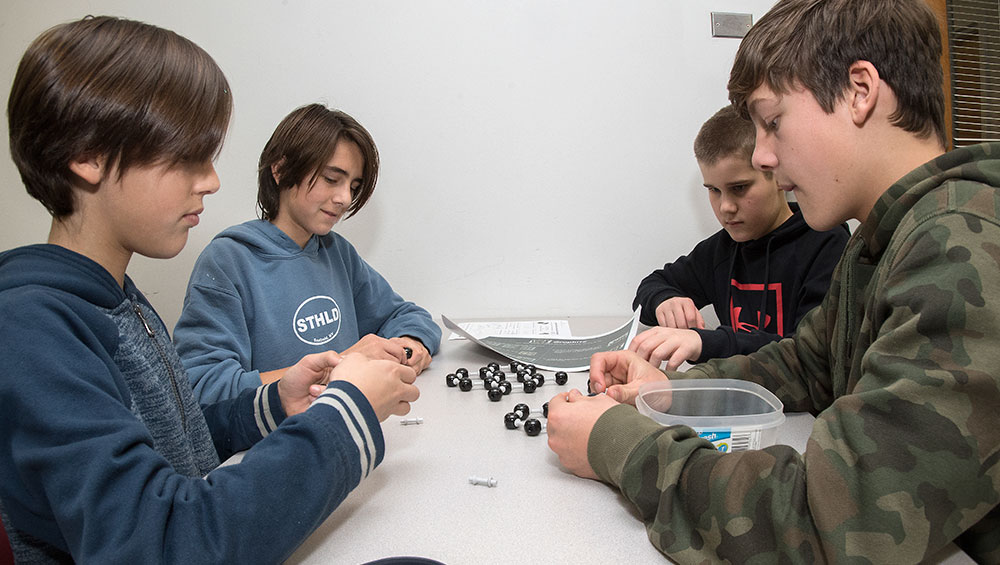Nanotechnology

Scientists have discovered that materials at the nanoscale, measured in billionths of a meter, behave differently than at the macroscale. In this session, students will learn just how small a nanometer is and how properties can be varied by making changes at the nanoscale.
Vocabulary: Nanometer, order of magnitude, nanotechnology, carbon allotropes (diamond, graphite, graphene, nanotube, buckminsterfullerene), conductor, index of refraction, thin film, light interference
| Session Information |
|---|
|
To request field trip dates, visit https://oepreg.bnl.gov/.
To explore programs listed in the ESBOCES Exploratory Enrichment catalog and to submit a BOCES contract request, please visit BOCES EE – Brookhaven Lab
New York State Standards
New York State Science Learning Standards
| Disciplinary Core Ideas | Crosscutting Concepts | Science and Engineering Practices |
|---|---|---|
|
PS1.A: Structure and Properties of Matter PS4.B: Electromagnetic Radiation ETS1.B: Developing Possible Solutions |
Patterns Structure and Function Scale, Proportion, and Quantity |
Developing and Using Models |
Next Generation Mathematics Learning Standards
|
Number and Operations in Base Ten Measurement and Data |
Next Generation English Language Arts Learning Standards
| Speaking and Listening | Language |
|---|---|
|
Comprehension and Collaboration |
Vocabulary Acquisition and Use |
New York State Standards for the Arts
| Connecting |
|---|
| Visual Arts 11.2 |





